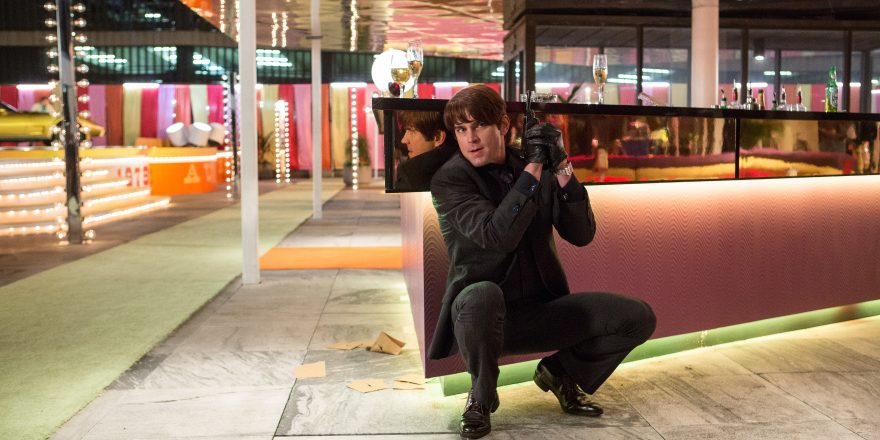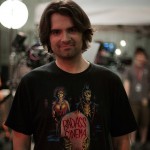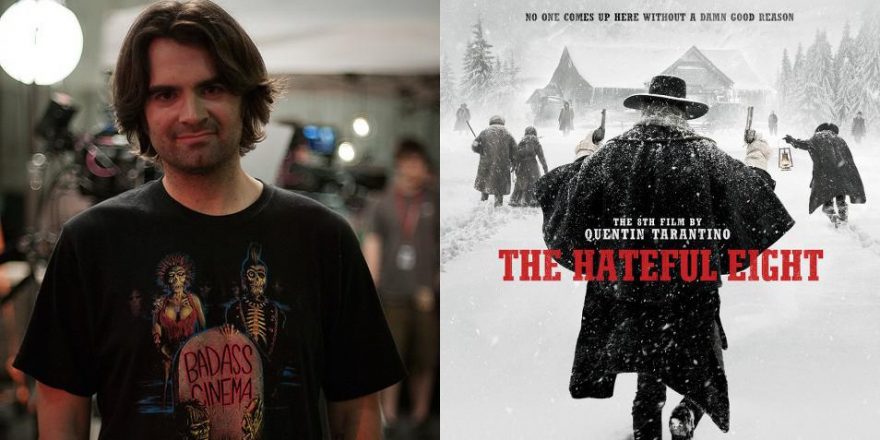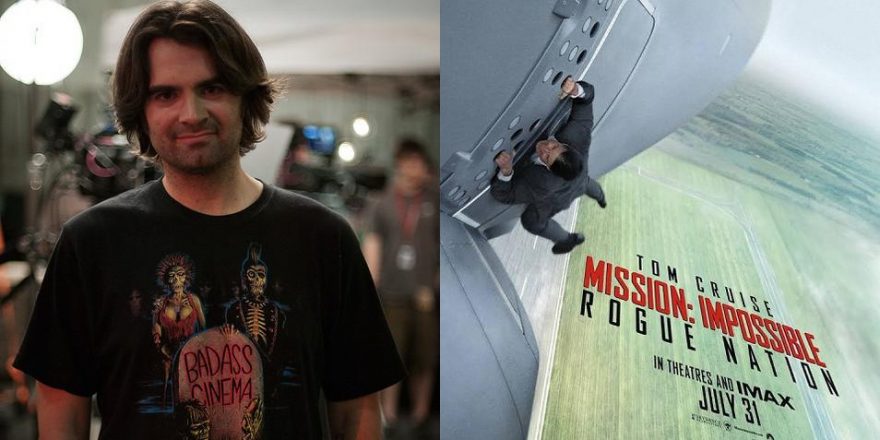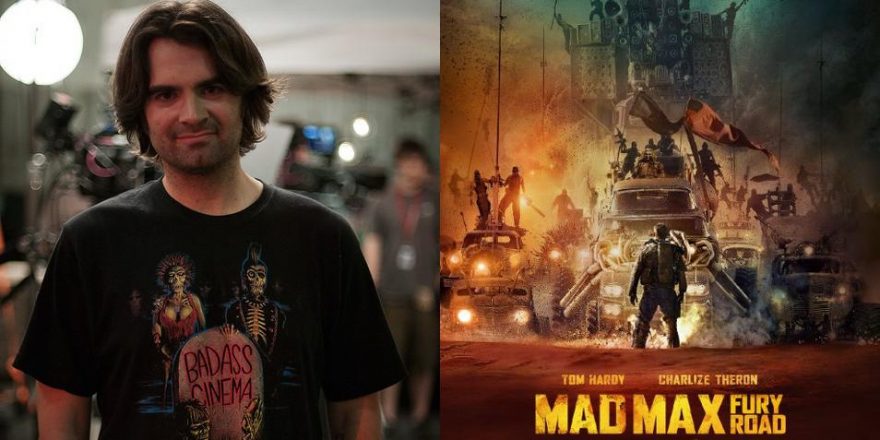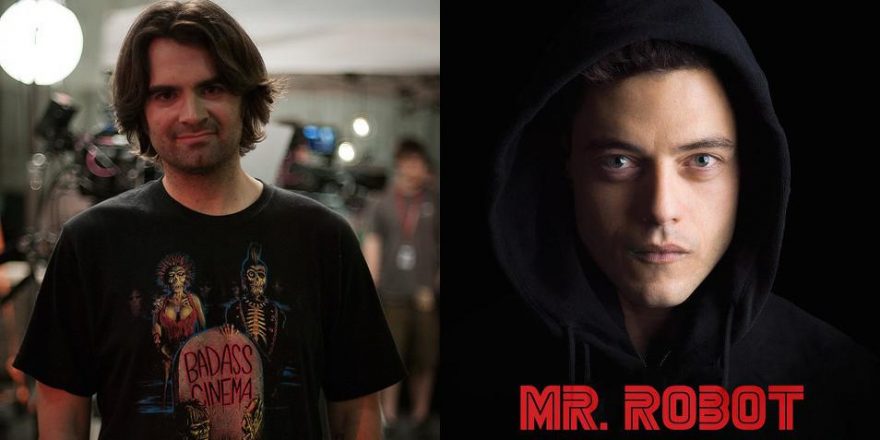Whenever I watch a Shane Black movie (which is as often as I can in this endless race of content-consumption), it’s not the machete-sharp, thick-witted dialogue, twisty, winking plots or even unconventional, subversive action set-pieces that remind me that I’m a total “Blackhead” (I should rethink that nickname). Instead, one of my favorite elements of films written and/or directed by Black are his memorable peripheral advisories. Or, for lack of a better term, “thugs” or “goons.” You know, the guys or gals sent by the main antagonist to deal with the annoying protagonist screwing up their master plans. Said thugs/goons are usually set in pairs or groups, sometimes a study in contrasts (think Abbott and Costello or Lenny and George), and are usually killed a scene or two after posing some form of threat to our heroes. While most disposable foes in genre films keep the plot frosty and moving forward, Black seems to hold a special place in his dark heart for the little guys.
From Lethal Weapon (his first produced screenplay, written at 24 … feel old yet?) all the way to his new film, The Nice Guys, which he wrote and directed, Black has mastered the art of creating vivid foils. Some of these knuckleheads even steal scenes from the lead characters or leave enough of an impression to make you miss them when they’re finally killed off, despite the fact that they’ve only been on screen for a few moments. But how? How does Black find ways to continue his obsession with the Entertaining Thug?
From looking at the first films produced from his screenplays, one would surmise great dialogue mixed with savvy casting is the answer. In Richard Donner’s 1987 Lethal Weapon, the character of right-hand muscle Joshua is made iconic by a rare restrained performance by Gary Busey, an actor not known for his subtlety. The scene where he displays his flame-retardant fist easily establishes that this is one towheaded yuppie-thug hybrid not to mess with, and he pops up throughout the film to make life harder for our buddy cops, practically upstaging his boss, the General (Mitchell Ryan), in the process. The water-logged fisticuffs finale is significant because Joshua is essentially upgraded to Main Baddie, no mere foil, but a force to be reckoned with, leading to one of the better hand-to-hand fights in ’80s action movies. Aside from Joshua, the three stooges who try to make a coke deal with an undercover Riggs at the Christmas tree outlet seem right out of Police Academy 3. Maybe it’s the mullet, or the hard-boiled dialogue, but I love those guys as they try to keep up with Martin’s shtick. All of these characters surrounding Riggs and Murtaugh seem to have a little more thought behind their lines than in the usual genre fare, hinting at the promise of a new voice in action cinema.
When I saw Pulp Fiction for the first time, it felt like someone else got Black’s passion for giving life to lowlifes.In Tony Scott’s gonzo The Last Boy Scout, Black’s script is constantly throwing “bizarro buddies” at another set of mismatched heroes, this time Bruce Willis’ grizzled private dick Joe Hallenbeck and washed-up quarterback Jimmy Dix, played by Damon Wayans. Twice the protagonists are confronted by two men, who seemingly materialize on the L.A. streets as if given the gift of teleportation (or plot convenience) just to slow down or stop the mystery from being solved. Sons of Anarchy co-star Kim Coates’ Chet, along with Frank Collision as Pablo, goofs around with Jimmy in public before throwing him off a bridge into I-10 traffic. Later, Coates teases a kidnapped Willis, constantly punching and taunting him while Pablo tickles the ivories on a corner piano, laughing along. Willis, of course, throws back a Black zinger with a hell of a payoff (“Touch me again … and I’ll kill ya,” and 10 seconds later Chet has his nose in his brain thanks to a well-placed punch) to punctuate the moment. Without Coates, though, the scene would be far from memorable. Scott was smart in casting great character actors in these smaller roles, making each moment count and, in this case, crafting the best scene in the film around a signature Black word-dance. While the main antagonist is Noble Willingham’s Shelly Marcone, it’s Milo, played with slimy sister charm by ’80s staple Taylor Negron, who holds the wheel of threat, proving again that many of Black’s villains are only as threatening as their right-hand thugs. Negron nearly steals the movie from Willis and Wayans (when he isn’t spitting all over the other actors), and his fatal nose-dive into the whirring blades of a helicopter is one for the books, making his boss’ death feel like a bad-VFX explosion afterthought.
When Black started directing his scripts, beginning with Kiss Kiss Bang Bang in 2005, his thug fetish developed further, even veering close to self-parody. In that movie, we have Mr. Frying Pan (Dash Mihok) and Mr. Fire (Rockmond Dunbar), two goons working for Harlan Dexter (Corbin Bernsen), who are debating their routine when they run into Robert Downey’s Harry Lockhart. Their banter, which Harry is made to watch in pain, could almost be a deleted scene from their own movie. That’s the beauty of Black’s character work; any of the lesser characters in his films could be the stars of another story, their dynamics already well-developed and far more resonant than what’s usually written for ding-dongs who will likely be shot before the scene is finished (or find themselves part of a bigger denouement when they show up for the splashy climax). In fact, when I saw Pulp Fiction for the first time and enjoyed Jules and Vincent’s foot-massage diatribe, it felt like someone else got Black’s passion for giving life to lowlifes. Mr. Frying Pan and Mr. Fire could be Jules and Vincent, and by casting two semi-recognizable actors, we get the impression that these guys could carry the rest of the film if Harry and Gay Perry (Val Kilmer) decided to quit the case or get themselves dead.
In The Nice Guys, we’re introduced to two more of Black’s unlikely buddies: unkempt investigator Jackson Healy (Russell Crowe) and skittish dick Holland March (Ryan Gosling). As they team up to solve another Los Angeles mystery, Black drops more memorable foils into the key bowl. Whether they have generalized names, such as “Older Guy” (Keith David) and “Blueface” (Beau Knapp), or menacing, pop-culture influenced ones like “John Boy” (Matt Bomer), Black casts these roles as if his life depended on it, giving these goons way more presence and personality than expected. David and Bomer are great actors who could headline their own movies if they wanted (in a perfect world, Keith David would be another De Niro), yet here show up randomly at various L.A. parties and functions to mess shit up. Just by casting these fine actors in smaller, goon-y roles, the stakes are higher because these aren’t faceless figures from Central Casting; these are guys who would normally survive a movie like this, so their mere presence holds more weight. All three foils leave an impression thanks to Black’s dialogue and direction, plus some pretty snazzy ’70s duds provided by costume designer Kym Barrett. While Crowe and Gosling are as f’n fantastic a pair as Gibson and Glover were back in the Lethal Weapon days, David and Bomer still walk away with the film in their few moments on screen.
And that’s no surprise, as it’s the “below the line” guys, the B-level blokes, that always leave me giddy and excited for another Black film. With any luck, we can look ahead to the creation of the Shane Black Shared Universe, where we follow two of the secondary goons on an adventure together. Or, even better, all of the thugs and goons from all of his films are corralled up Suicide Squad-style and sent on a collective mission against all the cops, private investigators, petty thieves and football players who have wronged them in the past. Call it … The Mean Guys. You’re welcome, Hollywood.


